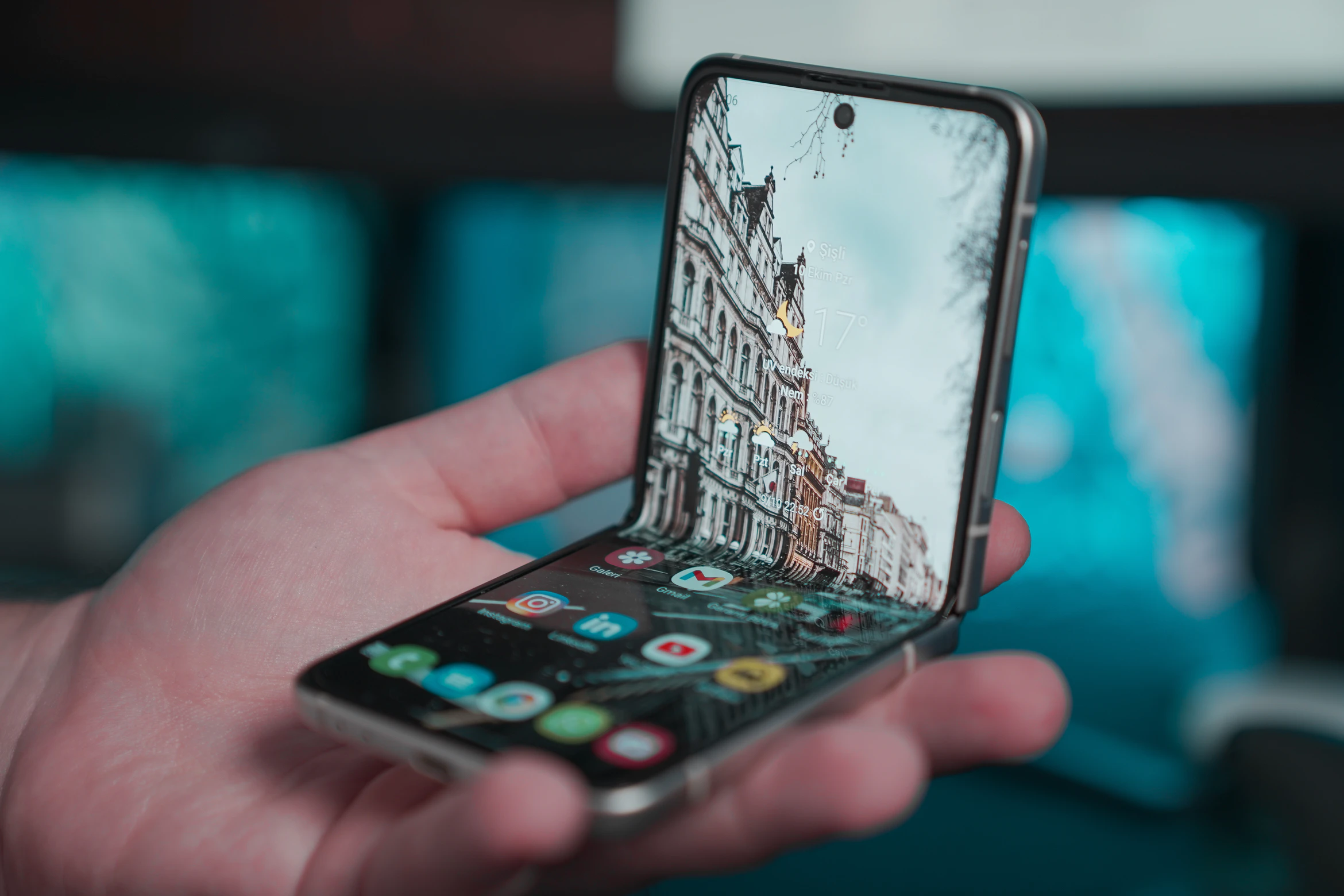In basic terms, to obtain a patent in the United States, two conditions of patentability must be met: the invention must be “novel,” which basically means “not previously disclosed,” and must be nonobvious (from earlier patents or published materials). These requirements are set forth in the US Patent Act, 35 USC 102(a) which states in part:
A person shall be entitled to a patent unless—
(1) the claimed invention was patented, described in a printed publication, or in public use, on sale, or otherwise available to the public before the effective filing date of the claimed invention; or
(2) the claimed invention was described in a patent issued under section 151, or in an application for patent published or deemed published under section 122(b), in which the patent or application, as the case may be, names another inventor and was effectively filed before the effective filing date of the claimed invention.
In patent law, these activities and documents are generally called “prior art.” Thus, from the above, prior art includes:
- What is disclosed in an issued patent (domestic or foriegn)
- What is disclosed in a published patent application (domestic or foriegn)
- What is disclosed in a non-patent printed publication (including what might be disclosed orally at public presentations)
- Evidence that the claimed invention was in public use
- Evidence that the claimed invention was on sale or otherwise available to the public
When a patent application is filed, the prior art relevant to the application is examined. As the Patent Office explains, the prior art is used to determine whether a claimed invention is novel or nonobvious. If the prior art discloses that the claimed invention is not novel — previously disclosed — or that the claimed invention is obvious — based on the previous disclosures — then the patent application will be rejected.
What is “Disclosure” as it Relates to Prior Art?
Not all public “disclosures” will constitute “prior art.” Thus, if an inventor announces a new invention with a general vague description, likely, such an announcement will not be considered prior art. To “count” as prior art, all of the elements of the claimed invention must be disclosed (either explicitly or as a matter of logic) and the elements must be arranged or combined in the same way as in the claim. Further, to “count” as prior art, what has been disclosed must permit a person of “ordinary skill in the art” to be able to make the invention without undue experimentation.
Exceptions
There are, however, some exceptions set forth in 35 USC 102(b) that will take qualifying public disclosures out of the category of “prior art.” The most important exception is for disclosures “made one year or less before the effective filing date of a claimed invention” made by the inventor or joint inventor (and/or certain others defined in the statute). This is the so-called “grace period” given to inventors. Disclosures made by inventors during the “grace period” will not “count” as prior art so as to prevent issuance of the patent.
What is the “Effective Filing Date?”
With respect to when the “grace period” expires, the legal definition of “effective filing date” is important. Often, the “effective filing date” is the actual filing date of the patent application. But the “effective filing date” is also defined as “… the filing date of the earliest application for which the patent or application is entitled, as to such invention, to a right of priority or the benefit of an earlier filing date under …” previously-filed patent applications. This provision is extremely important for continuation patent applications. A newly filed patent application that can claim the priority date of an earlier-filed application will have a much longer “grace period” (and, just as importantly, the earlier-filed application will not “count” as prior art for the new application).
Contact Revision Legal For more information or if you have an invention or design that you want to patent, contact the patent lawyers at Revision Legal at 231-714-0100.




